A groundbreaking new study has revealed that Earth’s very existence may owe its stability to Jupiter — the Solar System’s largest planet. According to researchers from Rice University, the massive gas giant played a crucial role in shaping the early Solar System and preventing Earth from being swallowed by the Sun billions of years ago.
Using advanced computer simulations, scientists explored how Jupiter’s early formation influenced the swirling disk of gas and dust that surrounded the young Sun. Their findings suggest that as Jupiter rapidly grew in size, its immense gravity carved a deep, wide gap in that protoplanetary disk. This cosmic divide separated the Solar System into two distinct zones — an inner region where rocky planets like Earth formed, and an outer region filled with icy bodies and gas giants.
Without this gravitational barrier, much of the material that eventually formed Earth and its neighboring planets could have spiraled inward and vanished into the Sun. Jupiter, in essence, acted as a cosmic shield, stabilizing the delicate balance of materials that made terrestrial planets possible.
The team’s simulations also help explain a long-standing mystery in planetary science: why meteorites from the inner and outer Solar System contain different chemical and isotopic fingerprints. The study shows that the gap created by Jupiter’s growth not only protected inner planet material but also prevented significant mixing between the two regions, preserving those distinct signatures in meteorites still found on Earth today.
Observations from powerful telescopes like the Atacama Large Millimeter/submillimeter Array (ALMA) have captured similar ring and gap structures around young stars, hinting that Jupiter’s story might not be unique. In other star systems, massive planets may be performing the same sculpting role, determining which worlds survive and where they form.
The findings underscore just how influential Jupiter has been in shaping the Solar System’s destiny. Beyond being a massive planet adorned with storms and moons, Jupiter appears to have served as a protector — a gravitational architect that ensured the conditions for Earth, and life itself, to emerge.
As planetary scientists continue to study the earliest moments of our Solar System, Jupiter’s role stands as a reminder of the intricate and interconnected forces that determine the fate of worlds.

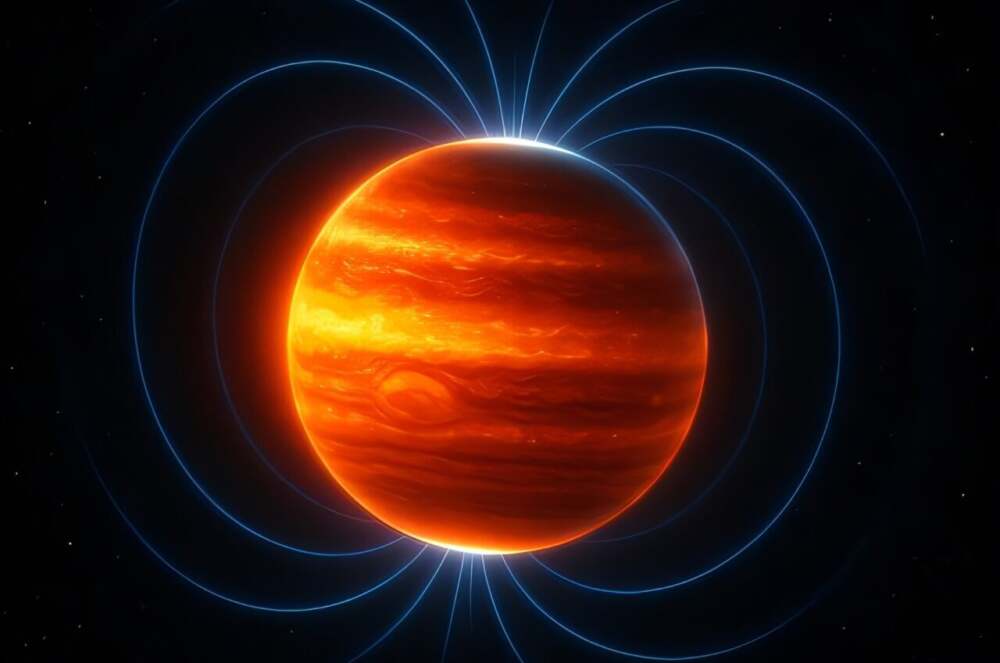
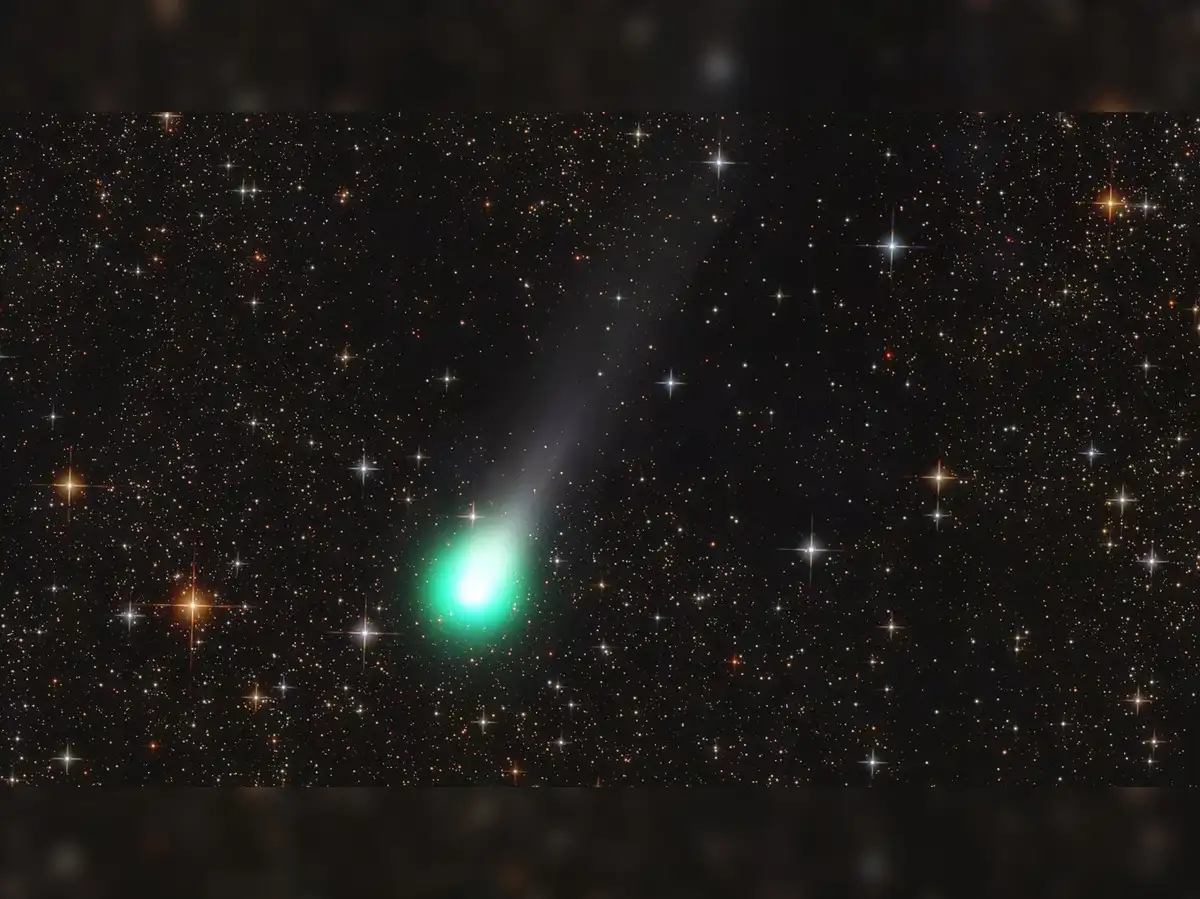
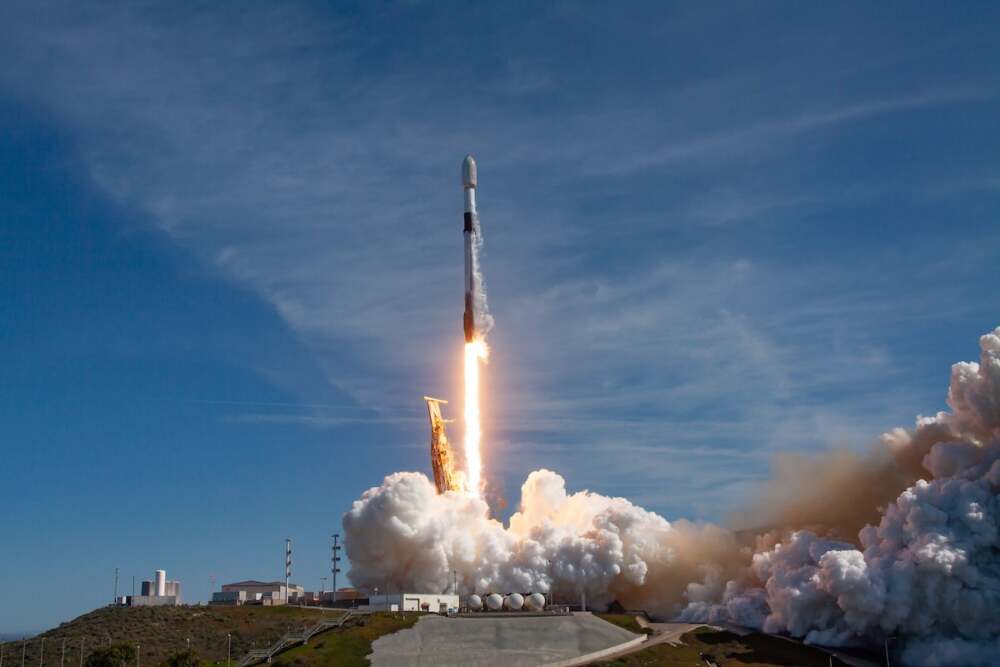
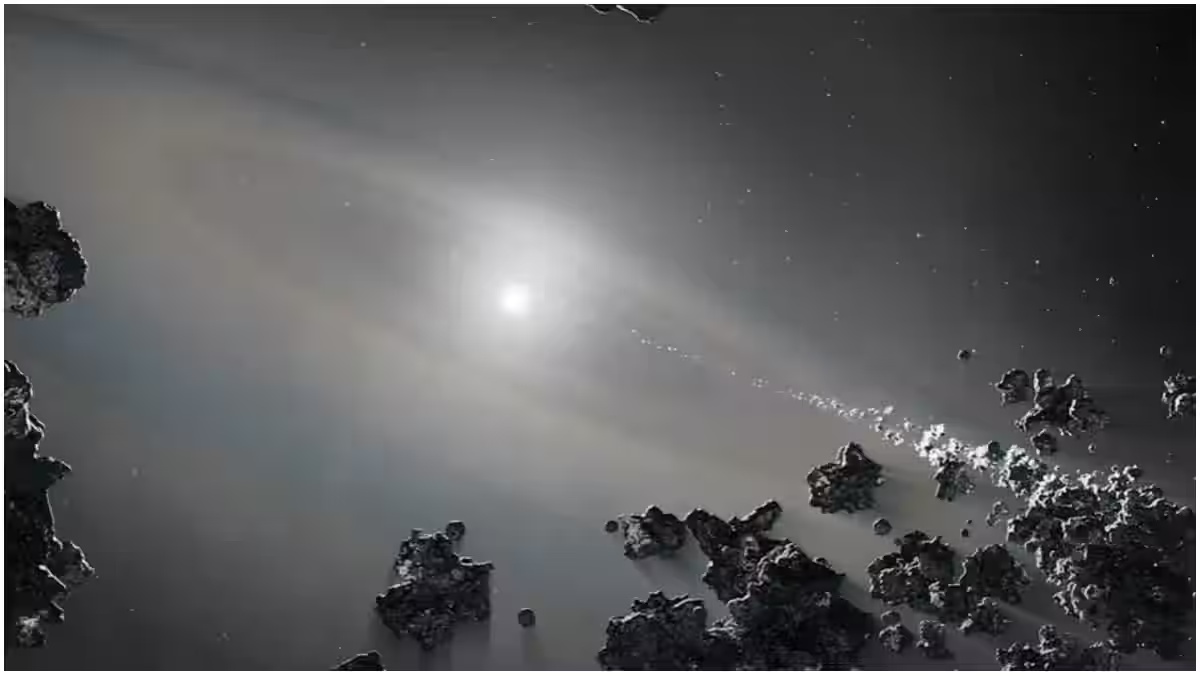
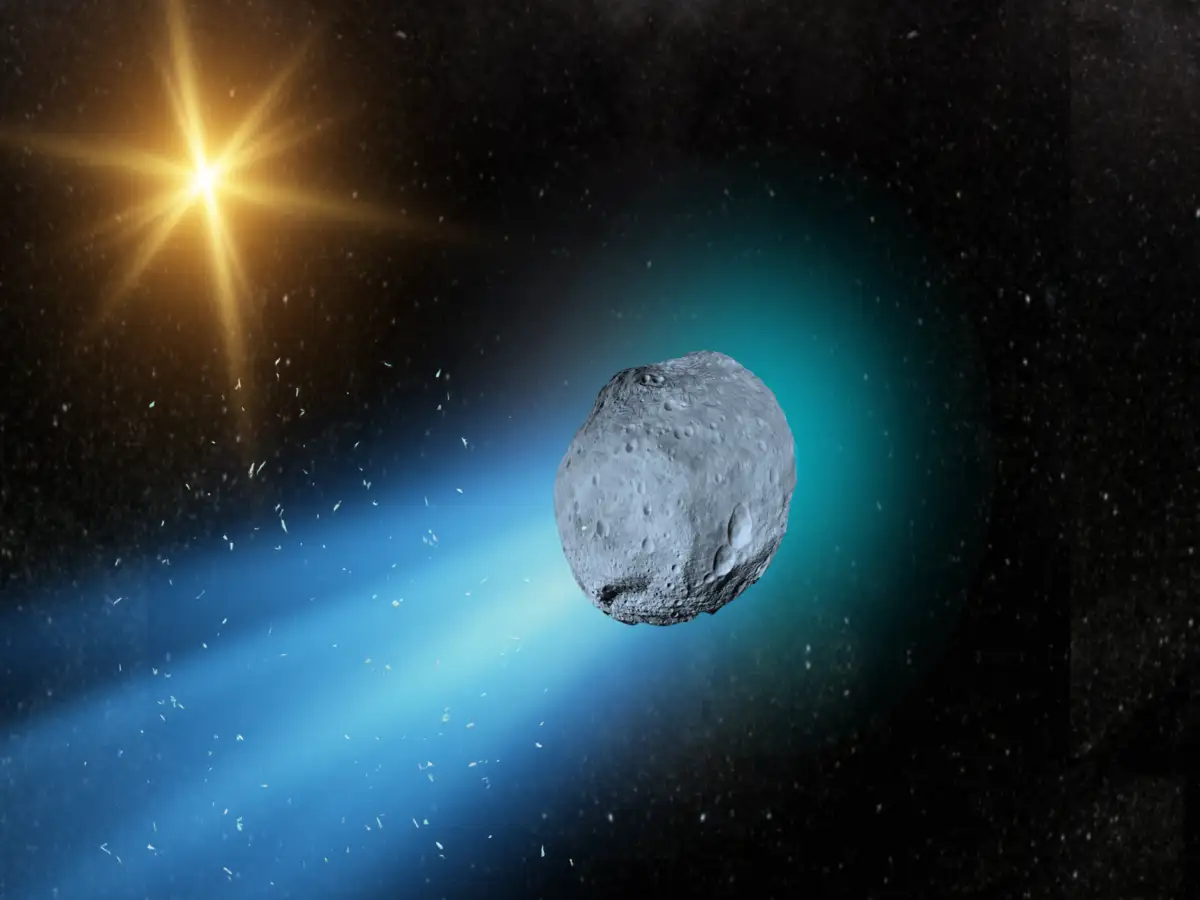




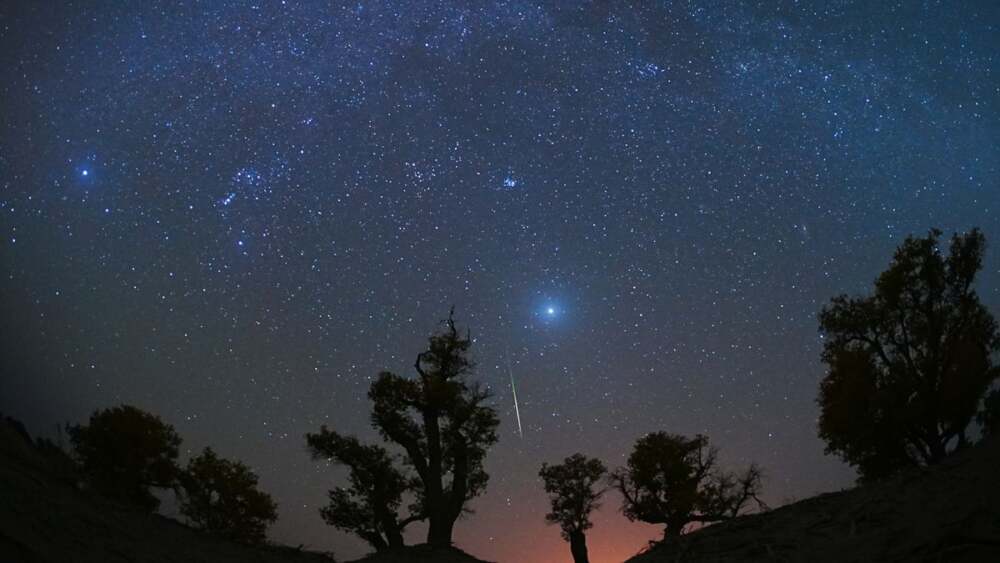
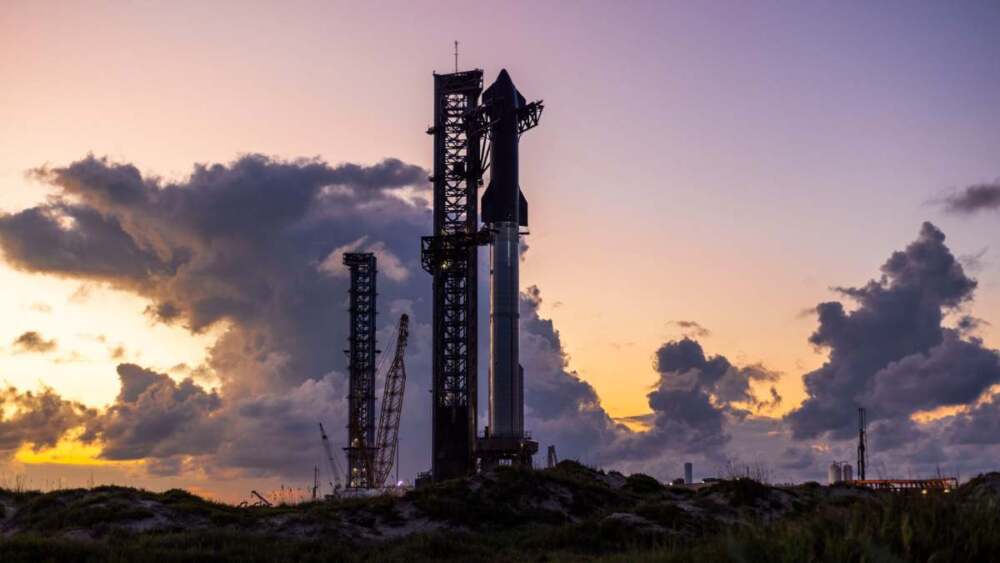




Leave a Reply